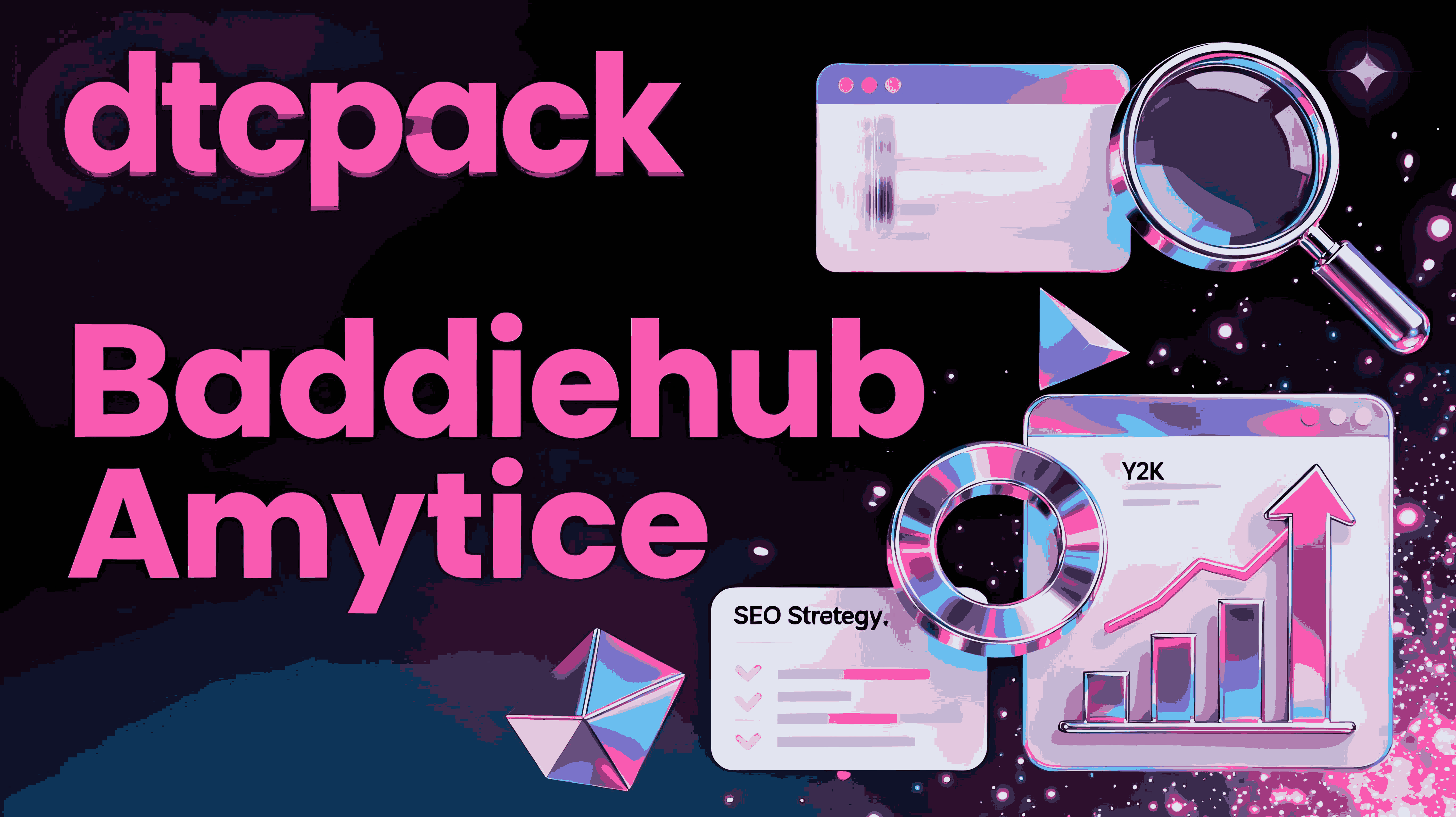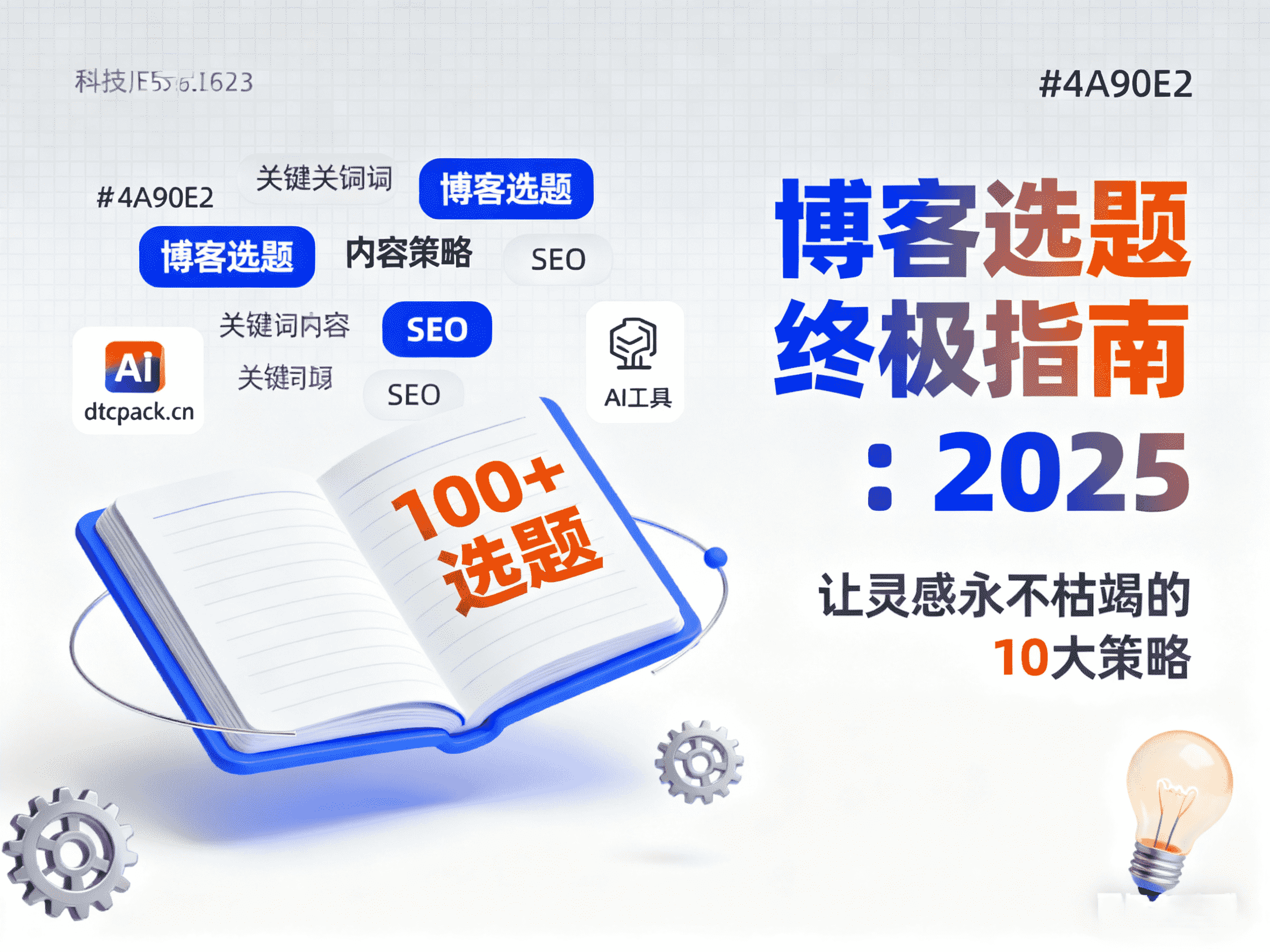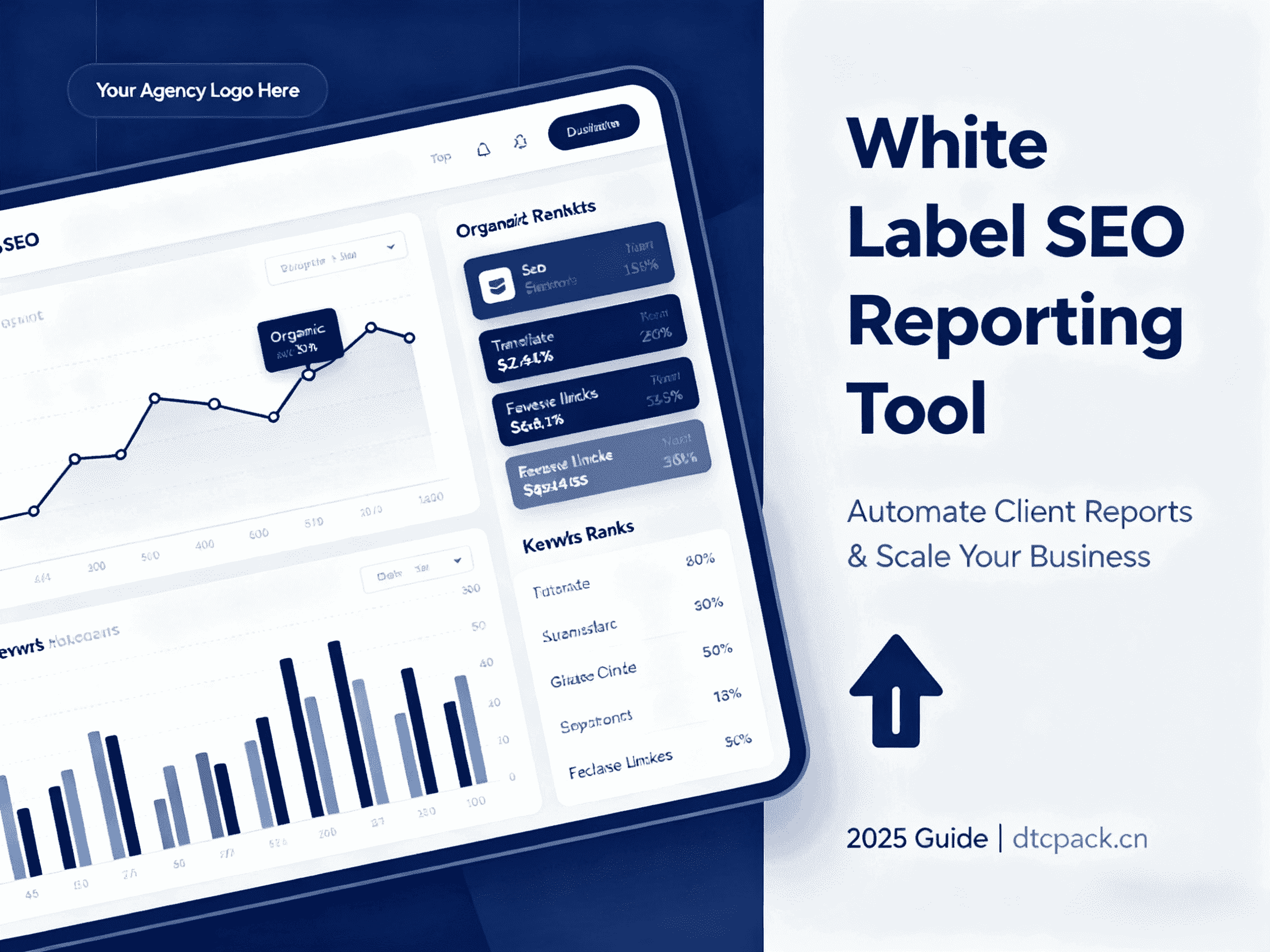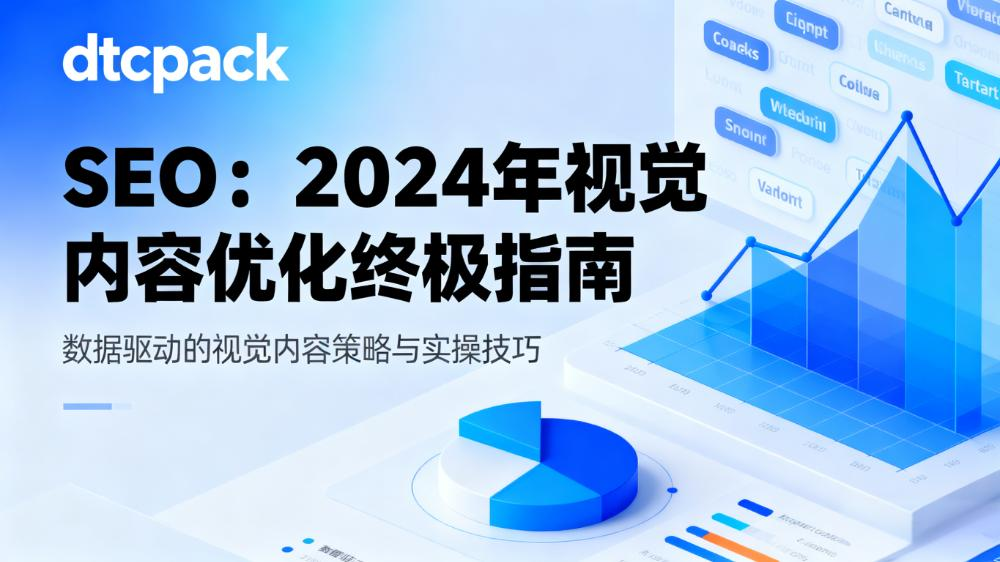In the digital era, brand websites have become the core platform for enterprises to showcase their strength and reach users. It is not just an information display platform but also a digital extension of brand strategy. How can you build a website from scratch that not only conveys brand value but also drives business growth? This article will break down the core elements and provide a systematic guide, covering the entire process from planning to execution.
-
The Three Core Elements of a Brand Website

-
Alignment Between Brand Positioning and User Needs
- Precise Positioning:Use SWOT analysis to identify the brand's core competitiveness (e.g., technical barriers, service differentiation) and extract core keywords (e.g., "high-end customization," "eco-friendly technology").
- User Persona:Leverage tools like Google Analytics and surveys to analyze target users' age, profession, pain points, and decision-making paths. For example, B2B clients focus on supply chain capabilities, while B2C users prioritize product experience.
- Scenario-Based Content:Design content around the user journey (Awareness → Consideration → Decision), such as case studies, solution whitepapers, and FAQ sections.
-
Unity of Visual System and Interactive Experience
- Brand Visual Language:Establish VI (Visual Identity) standards, including primary colors, fonts, and graphic styles. For example, tech brands often use cool color schemes and minimalist lines, while母婴 brands tend to favor warm tones and rounded designs.
- Interaction Design Principles:Follow the F-shaped browsing pattern, placing core information (such as product selling points and contact details) above the fold. Reduce page navigation levels to ensure users can access key content within 3 seconds.
- Responsive Adaptation:Implement adaptive layouts to ensure a consistent experience across PCs, mobile devices, and tablets, avoiding image distortion or button failures.
-
Scalability of Technical Foundation and Data-Driven Approach
- Development Framework Selection:Choose a CMS (e.g., WordPress), a self-developed framework, or a low-code platform based on requirements, ensuring flexibility for future feature iterations.
- SEO-Friendly Architecture:Implement foundational settings such as URL staticization, Meta tag optimization, and Alt text descriptions to improve search engine indexing efficiency.
- Data Tracking and Analysis:Integrate tools like Google Tag Manager to monitor user behavior (click heatmaps, dwell time), providing a basis for optimization.
-
The 6-Step Process for Building a Brand Website

-
Planning Phase: Define Goals and Allocate Resources
- Business Requirements Document (BRD): Define core features (e.g., online store, booking system), budget scope, and timelines.
- Team Setup: Assemble an in-house team (designer + developer + content team) or outsource to a third-party provider, with clear roles and acceptance criteria.
-
Prototype Design: From Wireframe to High-Fidelity Demo
- Wireframe: Use Figma or Axure to draft page layouts and annotate interaction logic.
- User Testing: Invite target users to test the prototype, collect feedback, and optimize navigation paths.
-
Visual Finalization: Digital Expression of Brand DNA
- Style Proposal: Provide 2-3 visual proposals covering color schemes, illustration styles, and dynamic effects (e.g., micro-interactions, parallax scrolling).
- Design Specification: Create a component library (buttons, forms, icons) to ensure design consistency across pages.
-
Technical Development: Balance Efficiency and Stability
- Frontend Development: Use Vue.js or React frameworks to implement dynamic effects and compress code to improve loading speed.
- Backend Setup: Design databases (MySQL/MongoDB) and develop API interfaces (payment, CRM system integration).
- Security Reinforcement: Deploy SSL certificates, firewalls, and conduct regular penetration testing to prevent vulnerabilities.
-
Testing and Launch: Comprehensive Checks and Optimization
- Functional Testing: Verify key functions like form submissions and payment processes.
- Performance Testing: Use GTmetrix to optimize page loading speed, aiming to meet Google Core Web Vitals standards (LCP < 2.5s).
- Cross-Device Testing: Ensure compatibility with mainstream browsers (Chrome/Safari) and different screen resolutions.
-
Operations and Iteration: Continuous Growth and Value Mining
- Content Updates: Regularly publish industry reports and customer case studies to enhance website authority.
- A/B Testing: Compare conversion rates of different CTA button texts and banner images to continuously optimize user experience.
- Data Analysis: Monitor traffic sources and bounce rates via Google Analytics and adjust strategies accordingly.
Pitfall Avoidance Guide: Common Missteps in Brand Website Development
- Prioritizing Design Over Content: Focusing excessively on visual appeal while neglecting the persuasiveness of copywriting (e.g., failing to highlight the USP—Unique Selling Proposition).
- Feature Overload: Blindly adding complex features like live streaming or community forums, leading to confusing user navigation paths.
- Ignoring Mobile Optimization: Failing to optimize for mobile users, resulting in traffic loss.
Brand website development is not a one-time task but requires continuous iteration as the brand grows. Through precise positioning, scientific processes, and data-driven strategies, businesses can create a digital portal that combines aesthetic value and商业 value, truly turning the website into a "business engine."
Above is the knowledge our team has shared on "Building a Brand Website." To learn more about website development, SEO optimization, and mini-program development, feel free to contact us!







